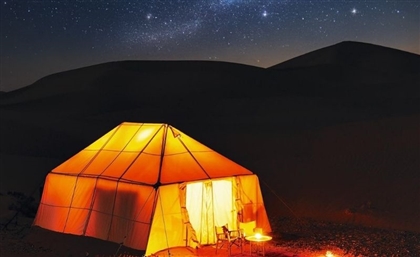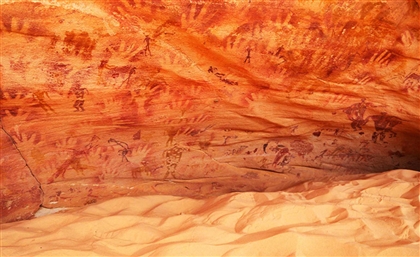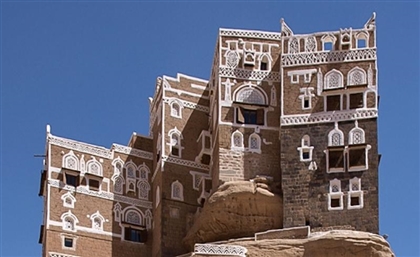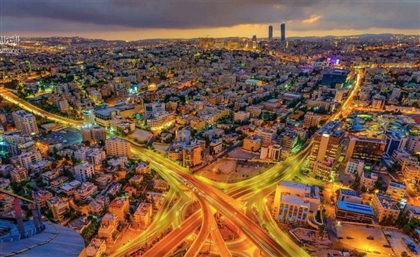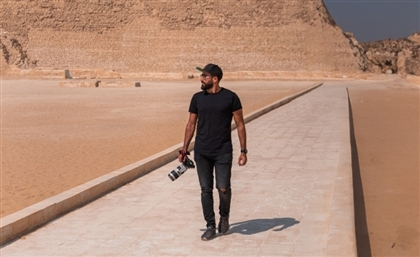This Saudi Nature Reserve Is Home to Thousands of Endangered Animals
Covering 130,000 square kilometers, the King Salman bin Abdulaziz Royal Natural Reserve is the largest of its kind in the Kingdom.
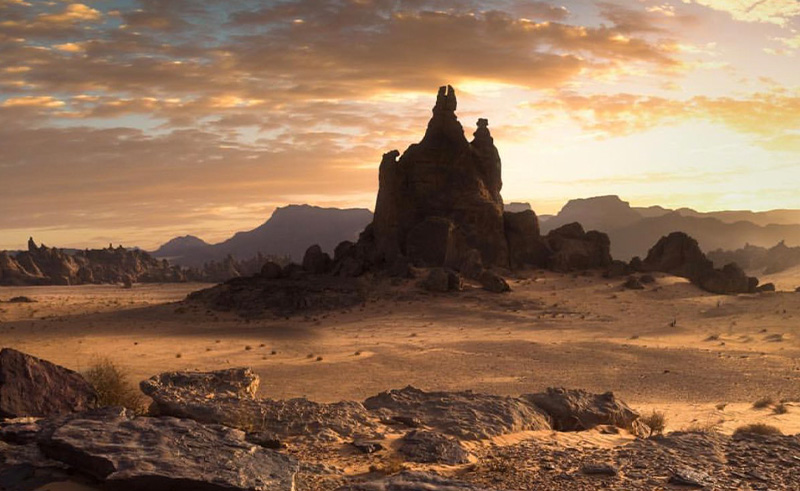
When we think of endangered wildlife, often our minds drift towards the colossal quadrupeds of Africa, like elephants and rhinos, the majestic big cats of India, or, perhaps, the giant—and giantly adored—pandas of China. But in northern Saudi Arabia, a vast and ecologically vital area quietly plays a crucial role in conservation. While not as internationally famed as other wildlife hubs, the King Salman bin Abdulaziz Royal Natural Reserve offers a compelling, often overlooked narrative about the region’s biodiversity and the long-standing relationship between nature and the cultures of yesteryears.
-3a5ca126-18bf-4caa-97b5-39f2fff9e3eb.jpg)
The natural reserve covers a staggering 130,000 square kilometers, making it the largest of its kind in the Kingdom. What’s immediately striking about it is its vast geographical diversity. This is no monotonous stretch of desert, as many might imagine. Instead, it is home to over 14 distinct formations, think volcanic craters, sand dunes, valleys, and rugged mountains, all spread across its three main conservation areas: Khunfah, Tubaiq, and Harrat Al-Harra.
-81c924ba-e555-45fd-a6e1-e92cb2f42fdb.jpg)
Each of these reserves under the King Salman bin Abdulaziz Royal Natural Reserve has its own unique ecological makeup, creating a wide range of habitats for flora and fauna not found elsewhere in the world; and quite frankly, reminiscent of otherworldly sights often only encountered in Sci-Fi films.
-044afa59-0943-4344-ab17-fa759c31c20c.jpg)
The reserve contains over 450 species of plants, ranging from the alien-looking Acacia Gerrardii trees and Lycium Shawii and Mugwarts (not the JK Rowling kind) to wildflowers like chrysanthemums and lilies (yup, lilies are wildflowers!) just to name a few. These plant species, however, do not serve mere aesthetic purposes, seeing as they are vital to sustaining the more than 280 species of animals living in the reserve. Among the more prominent species are the Reem deer, Arabian wolf, Arabian fox, and a slew of kitty cats that look cute but would eat you for breakfast, lunch, and dinner before coming back for seconds.
-2f20f800-c39e-4c88-8326-cac8bb157dc4.jpg)
The skies above the reserve are also home to a wide variety of birds, such as the golden eagle and curlew, making the reserve a key stop for migratory species. These skies, once watched by ancient nomadic tribes, are now witnesses to a flourishing ecosystem that carefully balances the needs of the past, the present, and—if all goes well and no nuclear mushroom shows up any time soon—the future.
-f6de4281-ca95-4743-805e-8aba96d2f23e.jpg)
But the reserve isn't solely about its flora and fauna. Among its vast landscapes, hundreds of archaeological sites are scattered, revealing artefacts and monuments that stretch back as far as 12 millennia. Rock carvings, ancient tools, and remnants of settlements offer visitors a tangible connection to a time when human activity and nature closely coexisted. Walking through its valleys or climbing its rugged peaks, one is reminded that this land has borne witness to millennia of change.
-fa6878ef-2b7b-43f1-b40b-4c8f44a0abc0.jpg)
Yet, can one indeed walk through its valleys? Absolutely. The King Salman Royal Reserve welcomes visitors to stay amidst nature in several locations. Northwest of the Aja Mountains and just 75 km from Hail city, you can lodge at the Nileat Camp’s traditional tents (or more lavish lodgings if you’re not that kinda girl) and spend your nights stargazing, and your mornings hiking.
-d85ce8ea-da40-493d-902c-7261808966f3.jpg)
In Raf Mountain, Al-Tawil camp is where to go if you’re a self-proclaimed adventurist, with hiking trips, camel rides, and tours through the peninsula’s oldest heritage sites. Less a desert-inclined soul and more of a green thumb? The reserve often plans extended excursions in Harrat Al-Harrah, where the land stretches in shades of green, often speckled with yellows, reds, and lavenders.
-1f819342-6f94-468a-aebb-05ea3cdb5824.jpg)
Just make sure not to leave your Barbie-pink Stanley cup where history once happened—the gazelles will make sure to fight you for it.
- Previous Article This Boutique Hotel on the Edge of Essaouira Is a Riot of Colour
- Next Article Six Unexpected Natural Wonders to Explore in Egypt
Trending This Month
-
Nov 29, 2025




